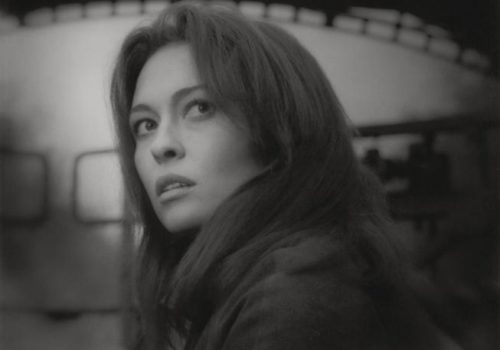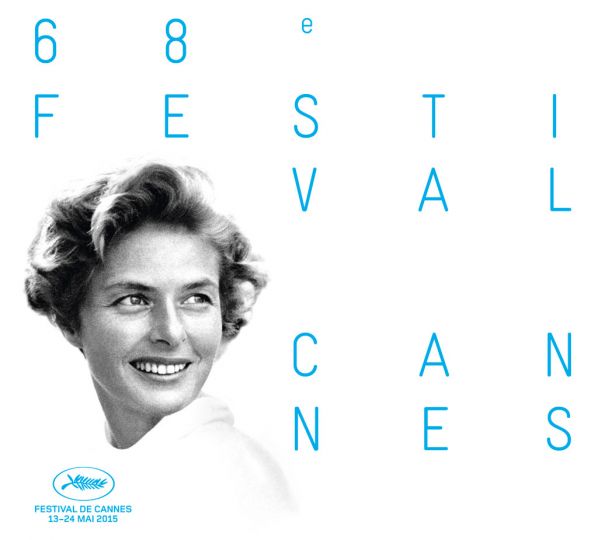In March 2013, at the time of Le Journal de la Photographie, we published a portfolio dedicated to Roger Corbeau. Today, in part of our special edition devoted to Photography & Cinema, we decided to publish it again.
Roger Corbeau, born November 20, 1908, in Haguenau, Alsace, was drawn to the cinema from a very young age. He moved to Paris in 1932 and began helping with props on film sets, first for Roger Richebé, then for Marcel Pagnol.
Who hired Corbeau as a movie stills photographer in 1933. They worked together for six years. With his demanding work ethic and talent, Corbeau quickly became a force in the French cinema. His photographs serve as a fervent tribute to the actors who left their mark on the medium from the 1930s to the 1980s. Corbeau took pictures on the sets of 160 films.
Corbeau is not a stills photographer in the usual sense of the term. He quickly decided to break out of the promotional limits of his role, imposing his own vision on the actors and the film, going so far as to arrange the performers himself. Fascinated by the human face, Corbeau developed an art combining a keen dramatic sense with a search for an ideal beauty. Mostly shot with a Rolleiflex on 6 x 6 cm film, the photographs were cropped by Corbeau himself.
He attached enormous importance to the printing process. His prints were often dense, and he would create a blurred effect by placing a silk stocking under the enlarger lens. These characteristics are what make Corbeau’s visual universe unique and immediately recognizable.
Corbeau died in Paris in September 1995, followed a major retrospective of his work, organized by the French Ministry of Culture at the Hôtel de Sully, Paris.
Y.V.

















